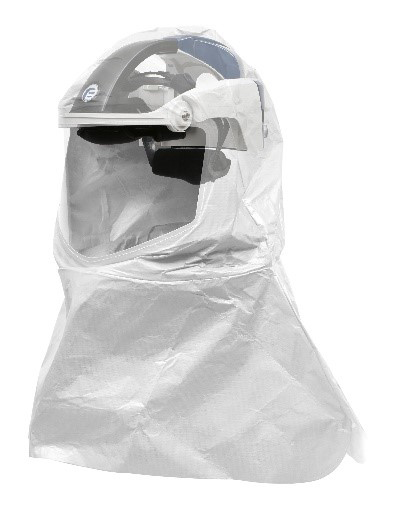6 Things to Consider When Buying a PAPR
Which respiratory protection solution is best for your pharmaceutical or cleanroom environment?
PPE has always been a priority to those working in pharmaceutical and cleanroom settings throughout the global pandemic. However, some establishments had never had to make such decisions before. Demand skyrocketed and some medical employers were faced with tough decisions about how best to protect their workforce under the circumstances.
It has now been over two years since the outbreak of COVID-19, and there is much more general awareness and knowledge surrounding the virus and the respiratory solutions required to protect individuals, including pharmaceutical and cleanroom professionals.
And, to summarize: It depends on your needs and working environment as to which RPE is the most appropriate. We’ll compare the mainstream respiratory solutions here for you.
| What types of products will be compared? | What are the comparison parameters? |
|---|---|
| Filtering facepieces such as N95s | Comfort |
| Reusable tight-fitting respirators | Protection |
| Powered air purfying respirators (PAPRs) |
Fit Testing Cost Maintenance and Decontamination Waste Generation |
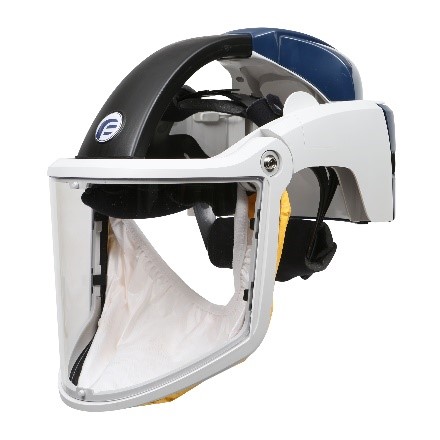
Key definitions:
PAPR:
Powered Air-Purifying Respirators (PAPRs) are battery-powered devices that use a blower to pull air through attached filters (for particles) or cartridges (for gases or vapors) to clean it before delivering it to the breathing zone of the wearer1
Reusable Tight-fitting respirator:
A respiratory inlet covering that forms a complete seal with the face2. They are reusable devices with exchangeable cartridges or filters. They can be quarter, half, or full face covering 1
 | 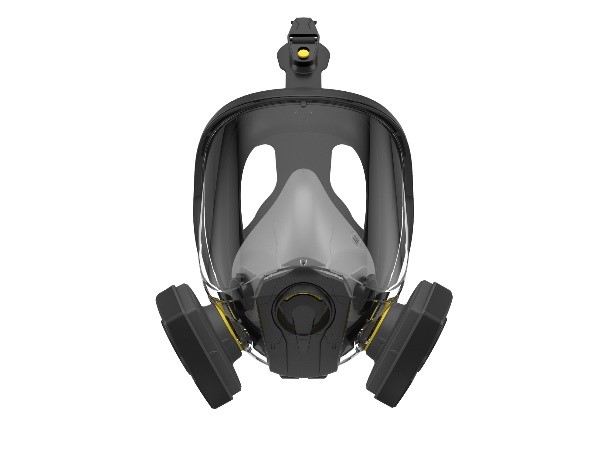 |
| Corpro HM1400 tight-fitting half mask respirator and full face mask respirator | |
Filtering facepiece:
Filtering, disposable, facepiece respirators (FFRs) remove particles from the inhaled airstream of the wearer. They become unsuitable after single use due to hygiene, excessive resistance, or physical damage1. They are classified as “tight fitting” as they form a complete seal against the face.
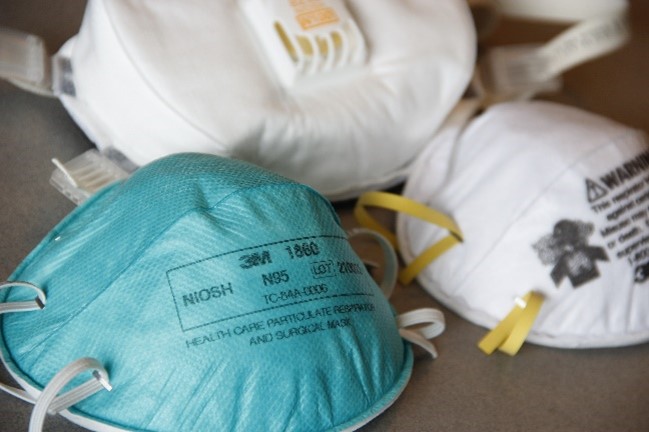
Fit test: The use of a protocol to evaluate the fit of a respirator qualitatively or quantitatively on an individual2.
6 Things to Consider When Buying a respiratory protection solution:
1. Comfort
Comfort is subjective. However, with RPE, there are a few things which most people consider to be ‘comfortable’. People generally want their mask to:
- Provide ease-of-breathing
- Provide unobstructed vision and movement
- Be secure when worn
- Be lightweight
At PureFlo, all these factors were considered in the design and development process of the PureFlo 3000 PAPR.
- With a lightweight, all-in-one head-top design, the need for a waist-mounted system is removed, giving the user more freedom of movement.
- The head-mounted blower unit allows the wearer to breathe normally without the added factor of a face seal, and the unit can be adjusted easily to adapt to each head size.
- The HEPA P3 filter has a lightweight design, high-capacity filter media and low pressure drop respiration, which enables filters to provide complete protection with optimal longevity.
2. Protection
The word “protection” has the potential to mean different things, depending on the context. For example, “protection” could mean how efficient or well-fitting the mask is, or how long the filters may last and what percentage of contaminants are captured, or how well RPE protects against certain contaminants in a specific environment.
Also, there are official standards in terms of “protection levels”. For instance, the Assigned Protection Factor (APF) of RPE means ‘the workplace level of respiratory protection that a respirator or class of respirators is expected to provide to employees when the employer implements a continuing, effective respiratory protection program’3. However, this only summarizes the expectations of a certain type of respirator and does not state how a particular respirator brand compares in terms of “protection” to another brand. It therefore isn’t enough to simply judge a respirator by its APF, although it may aid in the selection process.
Each respirator, regardless of type, has different pros and cons. When reflecting on what is the most appropriate mask for you/your employees, you should consider the following:
- Is the mask adequate and suitable? Think about the environment, personal circumstances, and exposure level of contaminants. Seek professional advice if needed.
- Will this mask fit appropriately? Think about whether the mask has a seal against the face or not, the steps needed to ensure a correct fit, and the range of sizes which can be offered.
- How efficient are the filters? ? Bear in mind that different filter types have different minimum expected efficiencies, according to official standards. For example, according to NIOSH 42CFR84aP100 particulate filters should protect against at least 99.97% of contaminants, but P99 and P95 protect against at least 99% and 95% of contaminants, respectively.
- Does not require a fit test (more on this below) and can be easily altered for each individual’s head shape, ensuring the product can be used by most and can be donned straight out-of-the-box.
- The PureFlo HEPA particulate filter is a P100, providing the highest minimum levels of protection compared to other particulate filters.
3. Fit Testing
Fit testing is an essential part of the RPE selection process for tight-fitting respirators, as the process establishes the most adequate and suitable RPE for the wearer. This test is undertaken by an accredited fit tester, and the Occupational Safety and Health Administration (OSHA) recommends that the test should be taken at least once a year or when the wearer’s physical condition changes significantly e.g., weight changes, dental changes, etc4
With the PureFlo 3000, a fit test is not necessary as there is no tight-fitting seal on the face. It is an out-of-the-box solution – you can simply put it over your head and press the “on” button. This reduces the need for the extra processes, and costs, that come with fit testing.
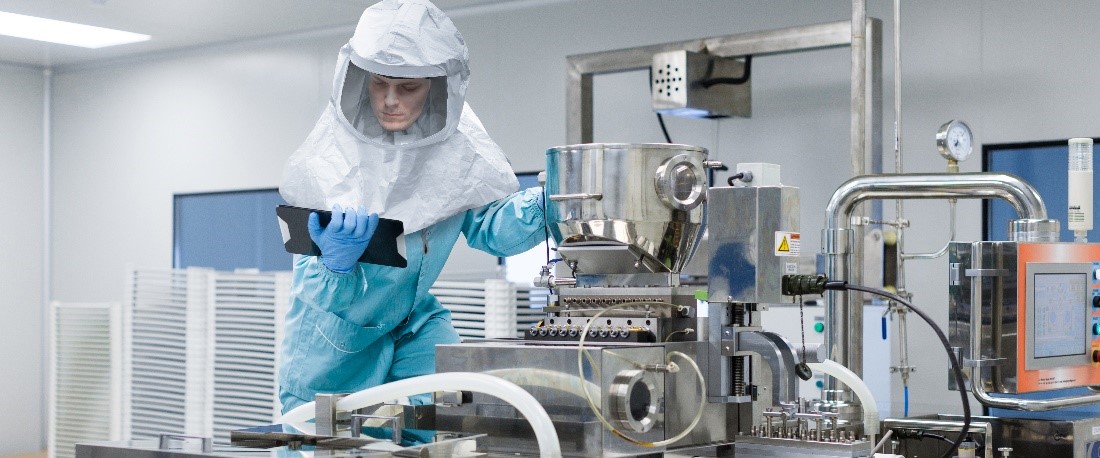
4. Cost
It is quite clear that, in the short-term, the lower-cost option for disposable filtering facepieces will be better for the wallet. These can be bought in packs and can be purchased for not much more than a few dollars per facepiece.
However, over time, this option becomes less and less cost-effective, as each of these facepieces should be thrown away after one use.
Reusable tight-fitting respirators and PAPRs are more expensive but can be used again and again. Typically, the main unit/facepiece lasts a few years and the filters/cartridges last for a significant number of usesb, with suitable handling and maintenance.
Considering the ongoing pandemic and the increasing general awareness of respiratory illness risks, it appears RPE in pharmaceutical and cleanroom settings could be here stay. Hence, for medical establishments which are still focusing on staff respiratory health, it makes financial sense to invest in reusable RPE rather than gradually spending more and more on one-use respiratory solutions.
5. Maintenance and Decontamination
Clearly, if you want the easiest maintenance for your products, then the disposable option has its benefits. It would usually be a case of unwrapping, donning, wearing, doffing, and throwing away c
With reusable respirators, whether tight-fitting or powered, decontamination and maintenance protocols need to be in place to ensure the correct usage and hygiene of the products. More care must be taken, particularly in cleanroom and pharmaceutical environments.
But this doesn’t mean to say that such processes are cumbersome. With the PureFlo 3000, depending on your requirements, it’s a case of monitoring and cleaning the unit, observing the filter life, and making sure the unit is stored in a decontaminated area c.
And do the consequences of disposing of your RPE every wear outweigh the convenience? Consequences such as:
And do the consequences of disposing of your RPE every wear outweigh the convenience? Consequences such as:
- Cost (as discussed earlier)
- Fit (what may fit appropriately one day may not provide an optimum fit the next day, depending on factors such as manufacturing contingencies)
- Increased waste (see below)
6. Waste Generation
Concern for the planet and consciousness surrounding waste generation is ever-increasing. There has been conversation regarding the PPE waste accumulated due to emergency-buying plastic-centric, disposable face masks5.
It is estimated that 1.6 billion disposable face masks ended up in oceans in 2020, and these masks can take up to 450 years to biodegrade6. This can have extreme detrimental effects on the environment, including negatively impacting our marine life, our ocean ecosystem and releasing more CO2 into the atmosphere7,8.
It is theorized that just using a N95 for more than one day can reduce environmental waste by a minimum of 75% versus using a mask after each patient8. While there hasn’t been extensive research conducted surrounding waste and fully reusable respiratory solutions such as PAPRs yet, it is easy feasible that the percentage of waste per annum would drop with using the PureFlo 3000.
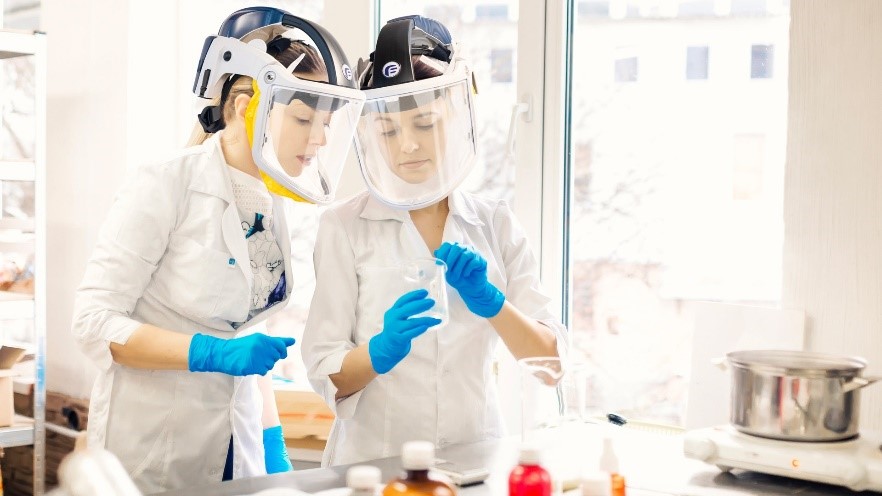
If you would like more information about the points discussed in this article or the PureFlo 3000 PAPR, please contact us at QWeb@qsource.com.
.


